In the last several years, My Hero Academia grew to become one of the most popular battle shonen in the world. As most manga and anime aficionados know, this genre is not typically the one you go to for good LGBTQ+ representation. When searching for queer content, folks naturally gravitate toward the Boys’ Love and Girls’ Love subgenres, of which the main focus you can probably guess just by reading those words.
All that said, LGBTQ+ representation has been growing in other types of content, and while My Hero Academia is by no means the pinnacle of that, it’s always nice to see queer characters in such a popular series. People deserve to see themselves on the screen, no matter what genre of content they’re consuming, and luckily for My Hero Academia enthusiasts, the series has provided us with a few LGBTQ+ characters. Look, I won’t sit here and pretend that Kohei Horikoshi deserves a pat on the back for including three queer characters in his series, two of them being minor, but it’s something.
Granted, there are a few more characters in My Hero Academia that fans speculate may be part of the LGBTQ+ community — Nejire and Yuyu are some examples that come to mind — but without confirmation from the author or textual evidence to back it up, those can’t be considered canonically queer. For now at least.
To those looking to find out a bit more about the characters already established as queer: welcome, you’ve come to the right place.
Yawara Chatora, aka Tiger
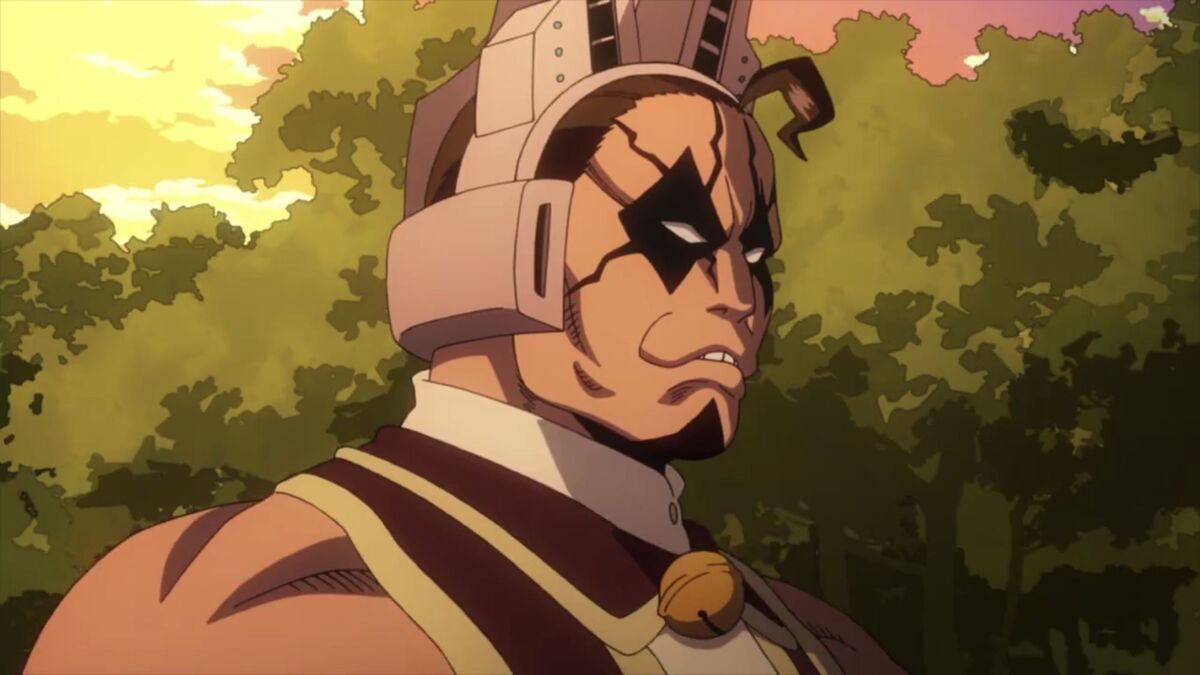
Tiger may not get enough screen time in My Hero Academia, but he sure makes good use of the time he does have. A member of the pro hero team Wild Wild Pussycats, Yawara Chatora is a trans male character who, before the series’ beginning, took a trip to Thailand to transition physically. Despite his outward appearance now being in line with his masculine identity, Tiger is clearly unafraid to defy gender roles, wearing a similar version of his teammates’ hero costumes, which include cropped tops and ruffled skirts. Although Tiger’s experiences with gender are not apparent in the series, his trans identity and backstory have been confirmed in volume 19 of the manga.
Himiko Toga
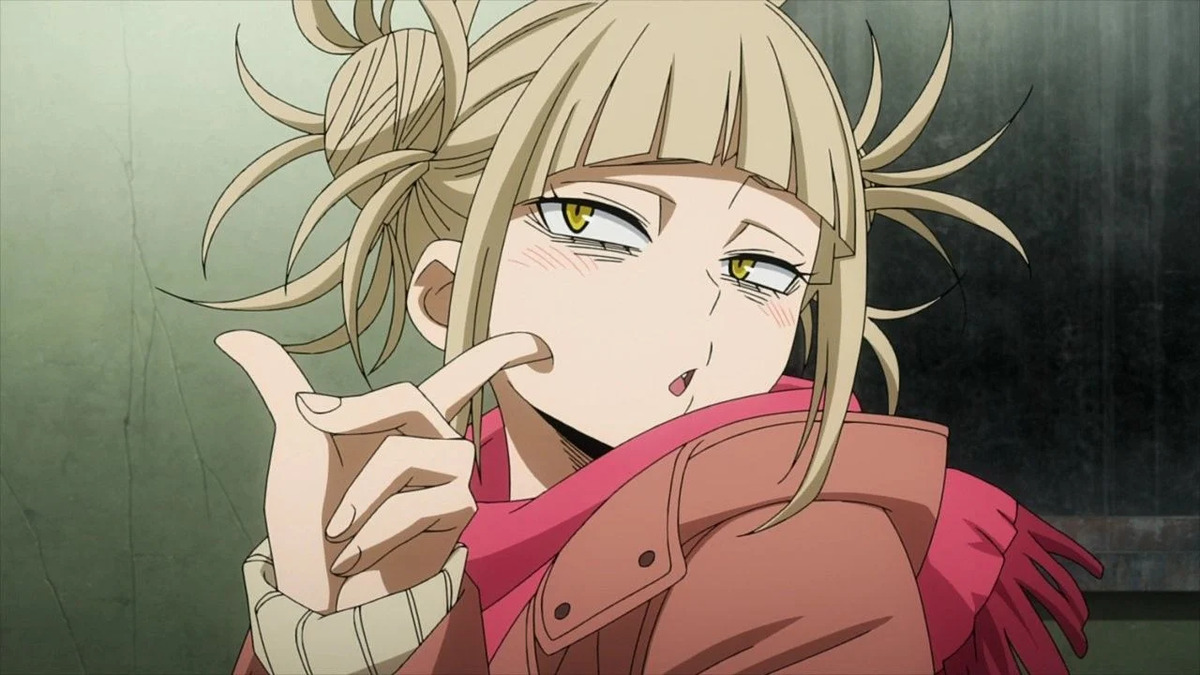
Himiko Toga is a member of the League of Villains and one of the most compelling antagonists in the series. In the early stages of My Hero Academia, when prototype sketches of the characters were still being created, the idea of Himiko Toga being queer was already floating around Horikoshi’s head. In volume 19 of the manga, some of the author’s notes and sketches of this antagonist’s early concept and design were included as a bonus page, and in it, it states that she is bisexual or pansexual. Clearly, this character trait made it onto the series, as Himiko is repeatedly shown to be able to fall in love with boys and girls alike. This is most noticeable through her feelings for Izuku Midoriya and Ochaco Uraraka, showing that ultimately, gender doesn’t matter nearly as much to Himiko as blood type does.
Kenji Hikiishi, aka Magne
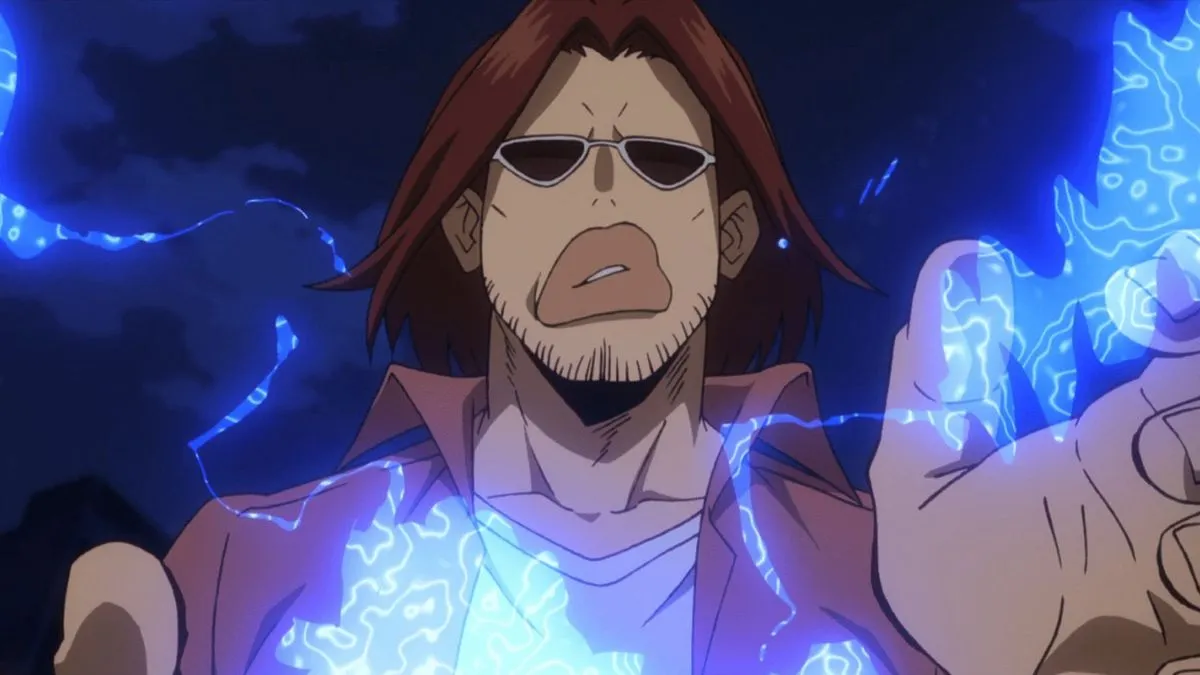
Much like Himiko, Magne is an antagonist affiliated with the League of Villains. She is a trans woman who has not transitioned, but it’s unclear whether this comes down to a lack of resources to do so, or a decision. Unlike Tiger, Magne’s trans identity is briefly touched upon in My Hero Academia, as we see her meet with and talk to a friend with shared experiences, which alludes to her identity being tied to her need for freedom, and a driving force behind her association with the League of Villains. In the League, Magne found a group of people who accepted, respected her, and were willing to assert her identity in the face of transphobia when she wasn’t present to do so herself.
All in all, like most shonen manga and anime, My Hero Academia still has a long way to go in terms of LGBTQ+ representation, but Horikoshi’s efforts are nonetheless appreciated. With the mangaka wanting wrap up the series’ final arc, there might not be many chances to further explore queer themes, but who knows? Horikoshi may still surprise us.



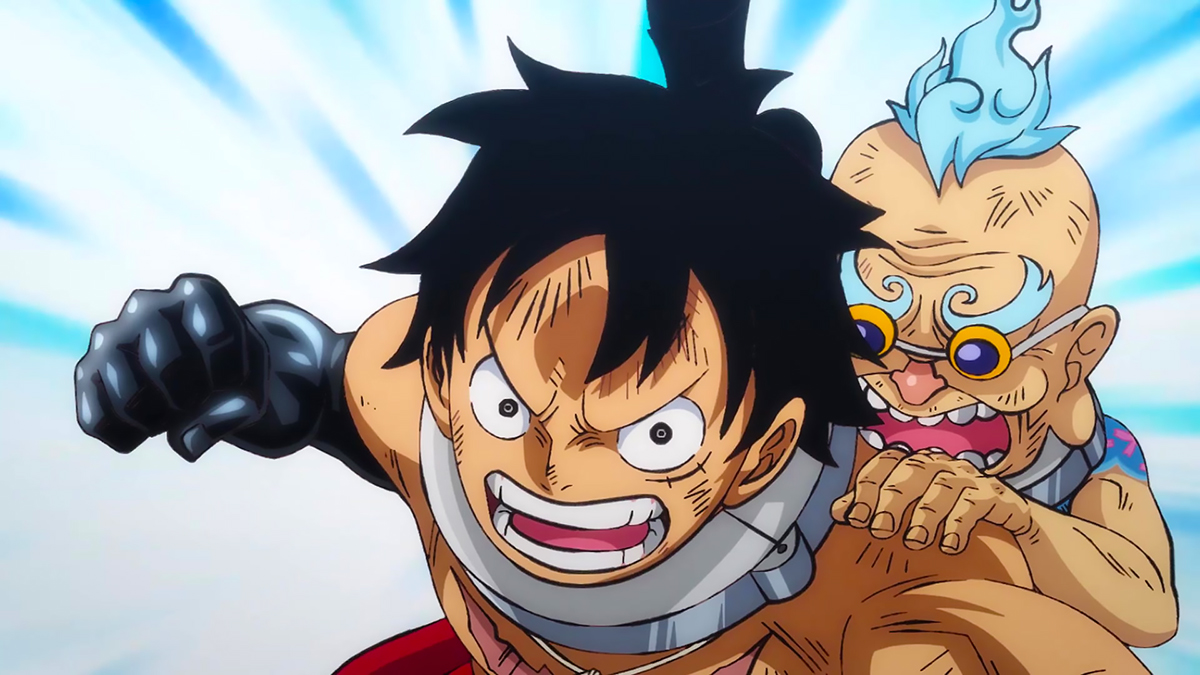
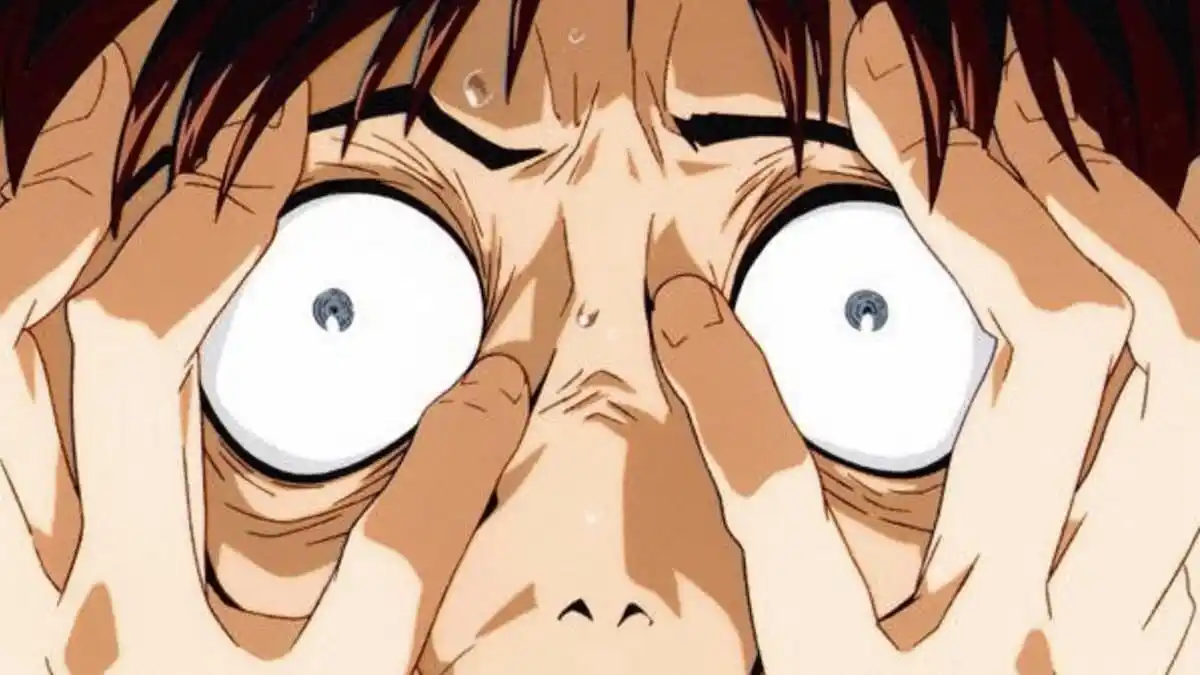
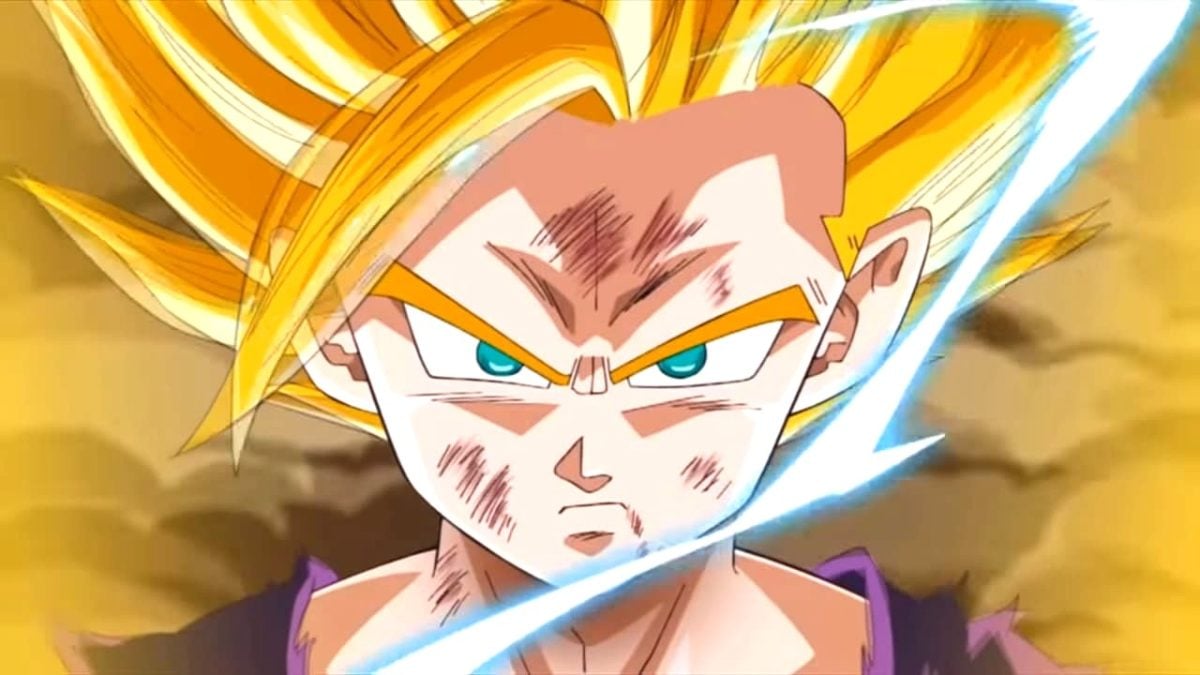
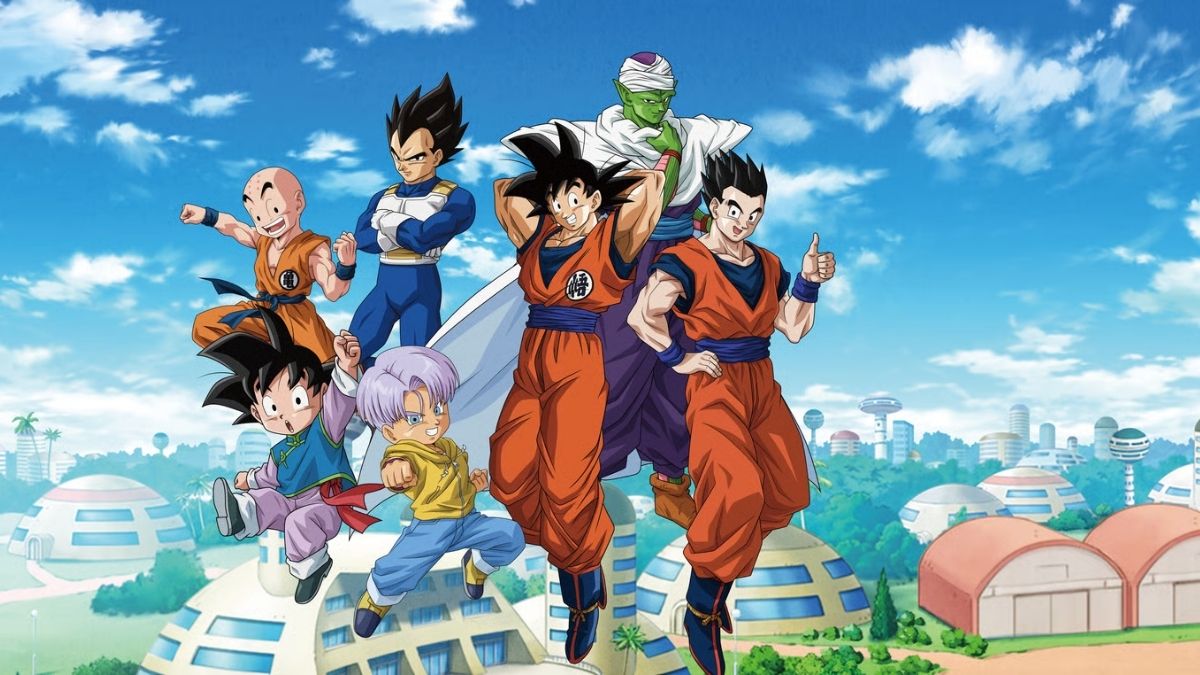
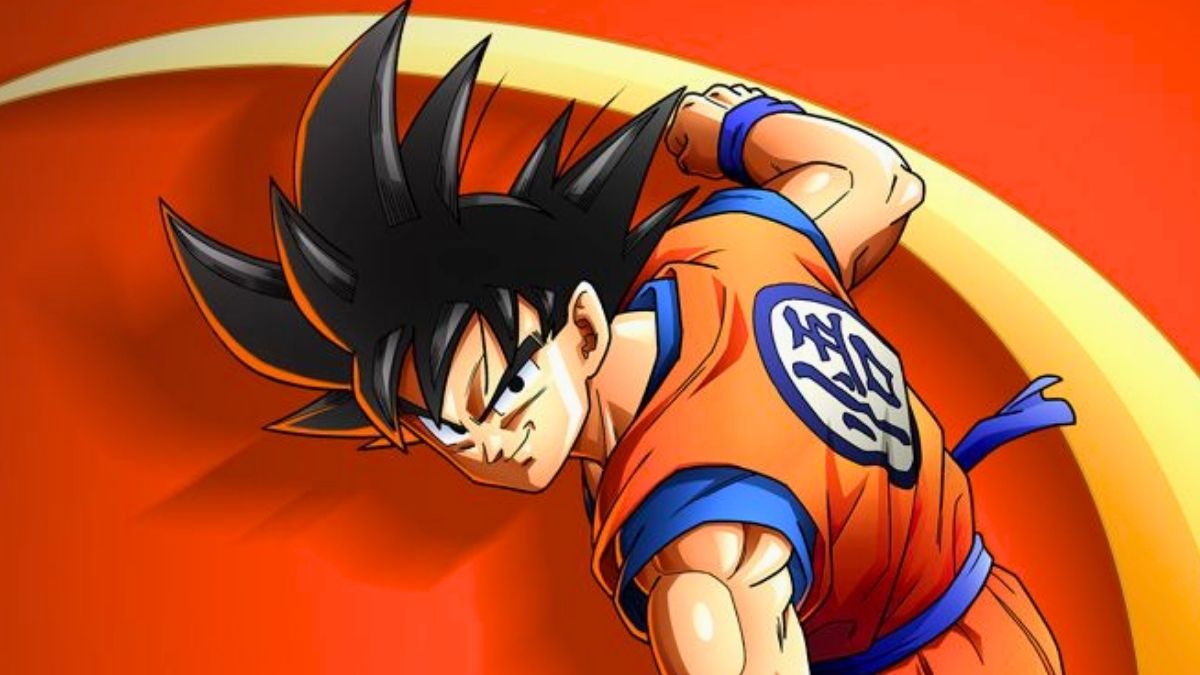
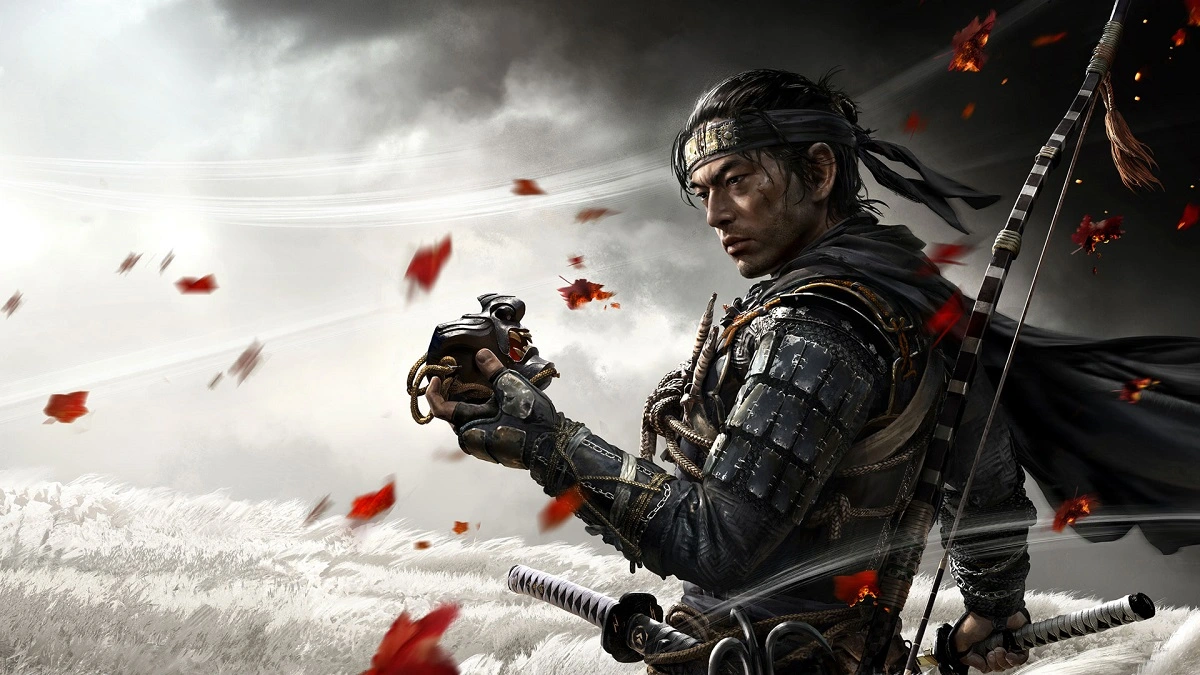
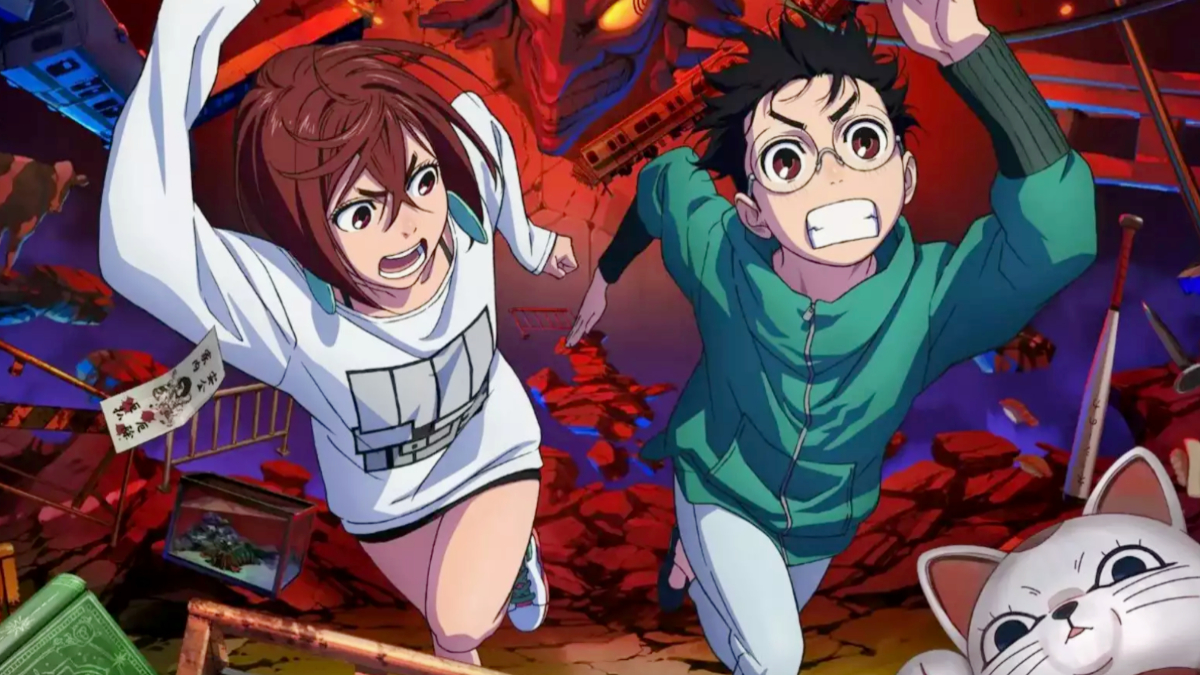

Published: Aug 24, 2023 08:34 am